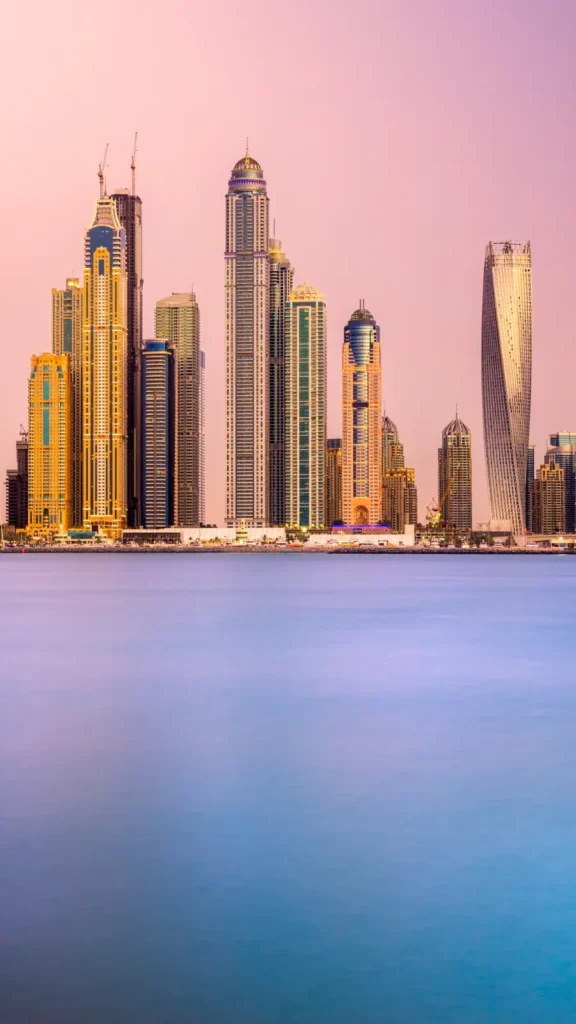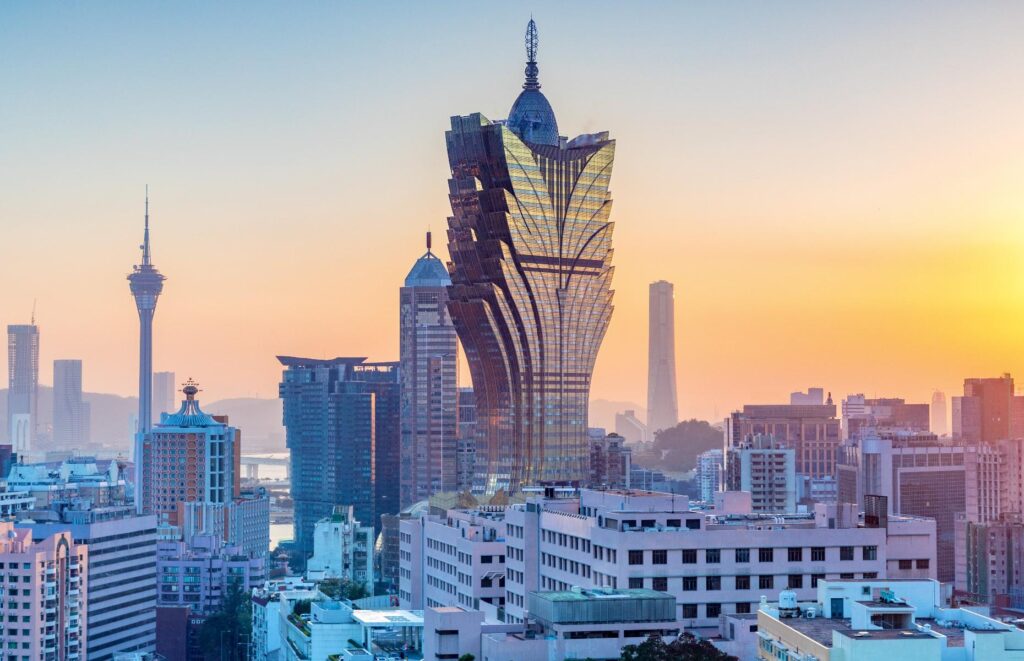The Most Expensive Countries in the World to Live In 2025

The Most Expensive Countries in the World to Live In 2025
In 2025, the global cost of living continues to climb, with certain countries standing out for their exceptionally high expenses. Factors such as limited housing supply, high import costs, robust economies, and affluent populations contribute to these elevated living costs. Below is an overview of the most expensive countries to reside in, based on average monthly living expenses per person.

1. Monaco
- Average Monthly Cost: $6,538
- Key Factors: Limited land availability, high demand for luxury real estate, and a tax haven status attract wealthy individuals, driving up living costs.
Monaco consistently ranks as the most expensive country globally. Its microstate status means limited space, leading to exorbitant housing prices. The absence of income tax and its reputation as a luxury destination further inflate costs.
2. Cayman Islands
- Average Monthly Cost: $3,374
- Key Factors: High import duties, limited local production, and a strong financial sector contribute to the high cost of living.
The Cayman Islands’ remote location necessitates importing most goods, leading to increased prices. Its status as an offshore financial center also attracts a wealthy demographic, influencing living expenses.
3. Singapore
- Average Monthly Cost: $3,000
- Key Factors: Scarcity of land, high population density, and a strong economy result in elevated housing and living costs.
Singapore’s strategic location and robust economy make it a global business hub. However, limited land and high demand for housing drive up living expenses, particularly in accommodation and transportation.
4. Switzerland
- Average Monthly Cost: $2,896
- Key Factors: High wages, strong currency, and a high standard of living contribute to increased costs.
Switzerland offers excellent public services and infrastructure. However, these benefits come with high costs in housing, healthcare, and daily expenses, making it one of the priciest places to live.
5. Iceland
- Average Monthly Cost: $2,518
- Key Factors: Geographic isolation, reliance on imports, and a small population lead to higher prices.
Iceland’s remote location and limited agricultural capacity mean many goods are imported, increasing costs. Additionally, its commitment to renewable energy and high-quality public services adds to living expenses.
6. Ireland
- Average Monthly Cost: $2,438
- Key Factors: Rapid economic growth, housing shortages, and increased demand in urban areas elevate costs.
Ireland’s booming tech industry and favorable business environment have attracted many expatriates. However, housing shortages, especially in Dublin, have led to significant increases in rent and living expenses.
7. United States
- Average Monthly Cost: $2,433
- Key Factors: Varied costs across states, with major cities like New York and San Francisco driving up the national average.
The U.S. presents a diverse cost landscape. While some areas offer affordable living, major metropolitan regions have high housing, healthcare, and education costs, contributing to the overall expense.

8. Liechtenstein
- Average Monthly Cost: $2,315
- Key Factors: Small size, limited housing, and a wealthy population increase living costs.
Liechtenstein’s limited land area and affluent residents lead to high demand for housing and services, pushing up prices across the board.
9. Bahamas
- Average Monthly Cost: $2,295
- Key Factors: Import-dependent economy and tourism-driven demand elevate prices.
The Bahamas relies heavily on imported goods, and its popularity as a tourist destination increases demand for services and accommodations, raising living costs.
10. Australia
- Average Monthly Cost: $2,293
- Key Factors: Urbanization, high wages, and strong currency contribute to increased expenses.
Australia’s major cities like Sydney and Melbourne are known for their high living costs, driven by expensive housing, transportation, and daily necessities.
Conclusion
Living in these countries offers access to high-quality services, robust economies, and often, stunning natural environments. However, these benefits come with significant costs. For individuals considering relocation, it’s essential to weigh these expenses against potential earnings and lifestyle preferences.









